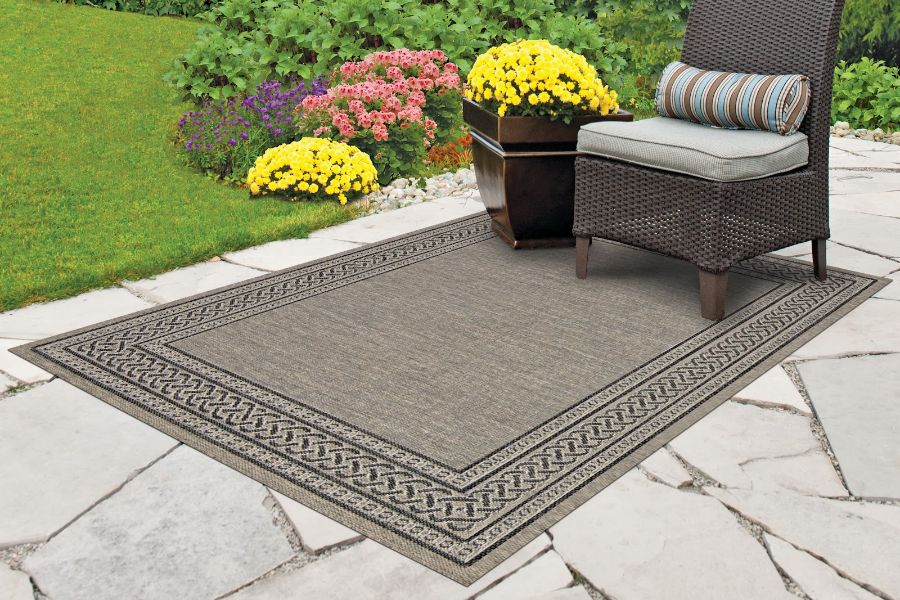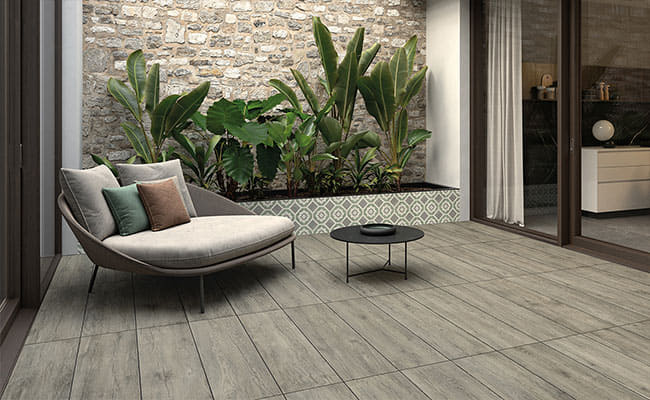As a carpet’s edges become frayed or unraveled over time, the term “carpet fray” is used. Inadequate installation, foot traffic, or wear and tear are the usual causes. In high-traffic areas of a house or business, carpets are frequently installed, which exposes the edges to repeated rubbing, pulling, and snagging, which can cause the fibers to fray and unravel. Inadequate carpet care, such as infrequent vacuuming or intensive spot cleaning, can worsen carpet fray as well as be caused by low-quality carpet materials.
Carpet fray can provide ugly, uneven edges that detract from the aesthetic of the carpet overall and may necessitate repair or replacement if left untreated. The lifespan of carpet Dubai can be increased through correct installation methods, such as using carpet edge binders or carpet tape, and routine care.
Reasons Of Carpet Edges Fraying
There are several causes for frayed carpet edges. Here is a brief explanation of five typical causes of frayed carpet edges:
1. Wear And Tear
Carpets can eventually develop frayed edges from repeated use and foot pressure. On carpets, the frequent rubbing and pushing can also lead to the carpet strands unraveling at the borders when people walk, sit, or move furniture over them. If the carpet is made of poor-quality materials that cannot resist frequent use or if it is located in a high-traffic area, this wear and tear may be increased.
2. Poor Quality Material
In order for a carpet to last a long time, it must be of high quality. The borders of low-quality carpets that were made with inferior materials or craftsmanship are more likely to fray. Carpets with weak or thin fibers, insufficient backing, or shoddy stitching may not withstand frequent use well and may shred quickly at the edges.
3. Improper Installation
The fraying of carpet edges can also be caused by improper installation methods. The edges of carpets may not be held tightly after improper installation, making them prone to fraying. For instance, if the carpet is not stretched during installation and is not properly secured with the right equipment, the edges may come away and fray over time. Fraying can also happen if carpet edges are not sealed with carpet tape or edge binders.
4. Lack Of Maintenance
In order to maintain the quality of carpets, proper maintenance is required, such as routine vacuuming and cleaning. Regular carpet cleaning is important to prevent the buildup of dirt, trash, and other particles near the borders. The margins of the carpet may fray as a result of these particles abrading the fibers. Similar to how strong spot cleaning can weaken the fibers and cause fraying, putting harsh chemicals on the edges can also do so.
5. Environmental Factors
Fraying carpet edges can also be caused by environmental conditions. The carpet backing and fibers may become weaker as a result of excessive moisture exposure, such as that caused by spills, leaks, or high humidity. This could increase the risk of fraying. Furthermore, prolonged exposure to direct sunlight can weaken the carpet’s fibers and diminish the color of the carpet, making fraying more likely.
6 Tips To Keep Carpet Edges Always From Fraying
To maintain the general beauty and longevity of your carpets, it’s crucial to prevent fraying of the carpet edges. Here are six strategies to use:
1. Use Carpet Edge Binders Or Carpet Tape
Carpet edge binders and carpet tape are made specifically to seal carpet edges and stop fraying. In order to hold the carpet fibers in place and avoid unraveling, these binding materials are placed on the carpet’s edges during installation. Staplers or adhesives can be used to attach carpet edge binders, which can be composed of a variety of materials including fabric, vinyl, or metal.
2. Choose High-Quality Carpets
Investing in top-notch carpets might help keep the edges from fraying. Choose carpets with strong fibers and a solid backing that is constructed of long-lasting materials. Even with frequent use and foot traffic, high-quality carpets are less likely to fray and are more durable. It’s critical to pick carpets that are appropriate for the area’s intended purpose and level of use.
3. Proper Installation Techniques
For the carpet edge to not fray, installation must be done properly. Employ a skilled carpet installer who uses methods that have been approved by the industry. Using the correct equipment, such as a power stretcher, knee kicker, and carpet trimmer, the carpet must be properly stretched and secured. The carpet’s edges can be kept from fraying and coming loose over time by making sure that it is laid uniformly and tightly.
4. Regular Maintenance
To keep carpets in good condition and stop fraying at the edges, routine maintenance is necessary. Regularly Hoover carpets get rid of dirt, junk, and other things that can wear down the edges and the carpet’s fibers. Avoid using harsh chemicals or forceful spot-cleaning methods on the edges because they might weaken the fibers and cause fraying.
5. Avoid Excessive Moisture
Having too much moisture can weaken the carpet’s backing and fibers, making them more prone to fraying. When cleaning carpets, avoid over saturating them and watch out for leaks or spills that may happen close to the edges. If moisture does touch the edges, it should be blotted dry right once to stop it from seeping deeper into the carpet and harming it.
6. Protect Carpet Edges From Sunlight
In addition to weakening the fibers and fading the color of carpets, prolonged exposure to intense sunlight can also make them more prone to fraying. Protect carpets from excessive sunlight by using curtains, blinds, or shades, especially in spaces with big windows. To lessen the amount of sunshine that reaches the carpets and safeguard them from harm, think about utilizing UV-blocking window coatings.
Conclusion
Employing these six methods will help keep your carpets from fraying and increase their lifespan. The easiest way to maintain the appearance of carpets and stop fraying at the edges is to use carpet edge binders or carpet tape, high-quality carpets, careful installation, routine maintenance, preventing excessive moisture, and protecting carpets from sunshine. To stop further damage and protect the appearance and usability of your carpets, it’s critical to handle any signs of fraying right away. For effective repair or replacement, speaking with a professional carpet installer or cleaner may be required.





